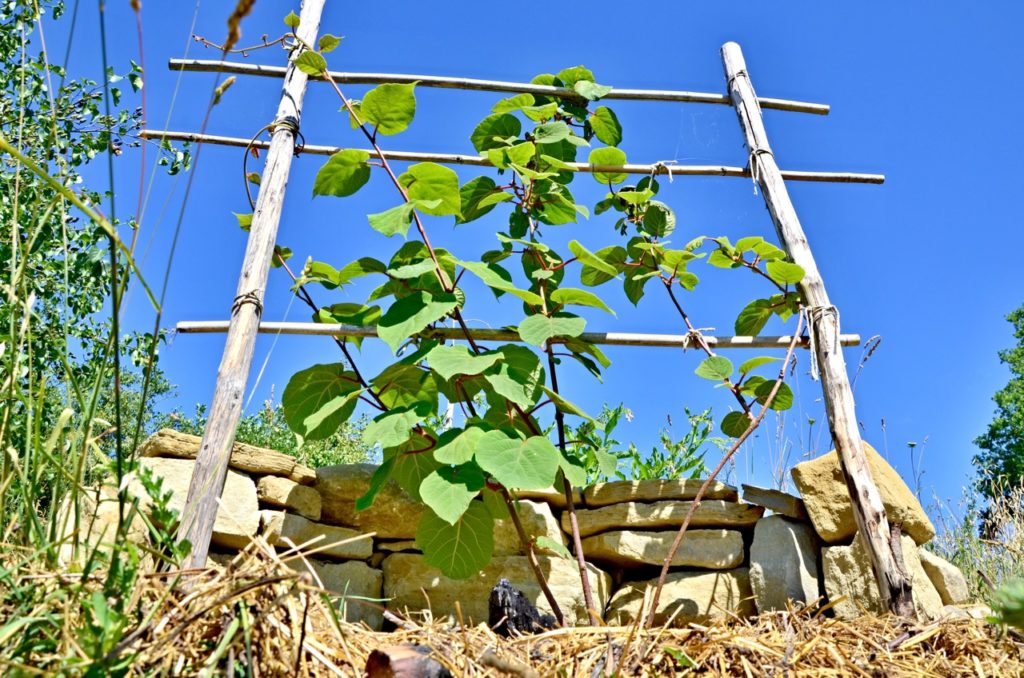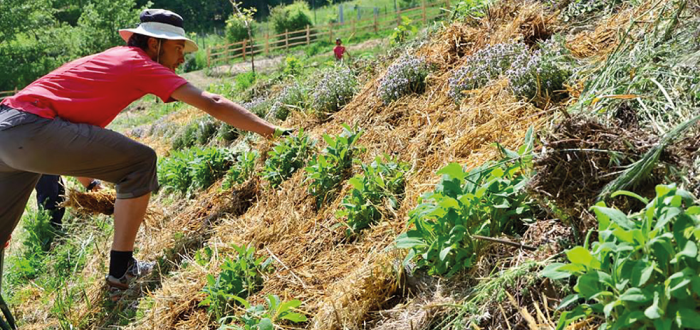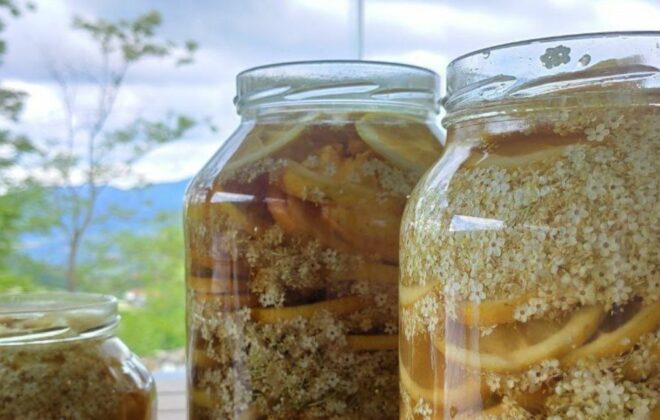How we started a Food Forest in Italy
A Food Forest, also known as Forest Garden, is a multi-purpose and multi-function cultivation system in which trees grown for timber, fruit trees, medical herbs, vegetables, etc. live and grow in synergy with wild plants and animals.
A Food Forest can be created in a corner of our garden or by converting an already existing wood or orchard if we have a wider space available.
A Food Forest is a technique for gardening or taking care of an orchard or vegetable garden that mimics a forest ecosystem through a multi-layered cultivation (herb, shrub and tree layer). Large Fruit and Nut Trees are in the canopy layer and below it we find berry shrubs, annual and perennial plants. All together they create relationships and create an ecosystem which is able to provide great productions with little maintenance.
Hypothetically, a few centuries ago, a squirrel could move from the most southern point of Italy to the most northern one with no need to touch the ground. If mankind didn’t exist Italy would still be a huge forest and we don’t realise that the further we go away from the forest system, the greatest energy we need to spend in order to prevent nature to get back to its original state, the forest. For this reason, a Food Forest in Italy, as well as in any other part pf the world, could be a great system to produce food with very low energy consumption and no particular agricultural skill.
The first Food Forest of La Fattoria dell’Autosufficienza was started in 2013, during a Food Forest course held by the permaculture expert Elena Parmiggiani.
There are different models of Food Forest and during the course we decided to base ours on the 7-level forest garden by Robert J. Hart. We planted trees, bushes, herbs, root crops, ground cover crops, climbers and mushrooms in perfect synergy in about 1200 square meters.
After few years, we can say that this system really requires very little external intervention, plants looks very healthy (much more than in other systems we engaged in) and the result is also very pleasing to the eye, especially in summer.
Having little time and many hectares of land, we decided to keep on extending the Food Forest yearly and we organise specific courses once or twice a year which alternate theory and practice.
Newsletter
ARGOMENTI
- Activities (8)
- Attività (10)
- Attrattive (16)
- Cosa fare (22)
- Farm products (4)
- Fattoria dell'autosufficienza (51)
- Fattoria dell'autosufficienza (39)
- Fauna (8)
- Flora (5)
- I nostri modelli (14)
- Istruzioni per viaggiare (2)
- News (63)
- News (96)
- Our models (14)
- Permacultura (30)
- Permaculture (23)
- Prodotti della fattoria (4)
- Senza categoria (2)
- Senza categoria (4)
- Things to do (22)
- Tourist attractions (15)





